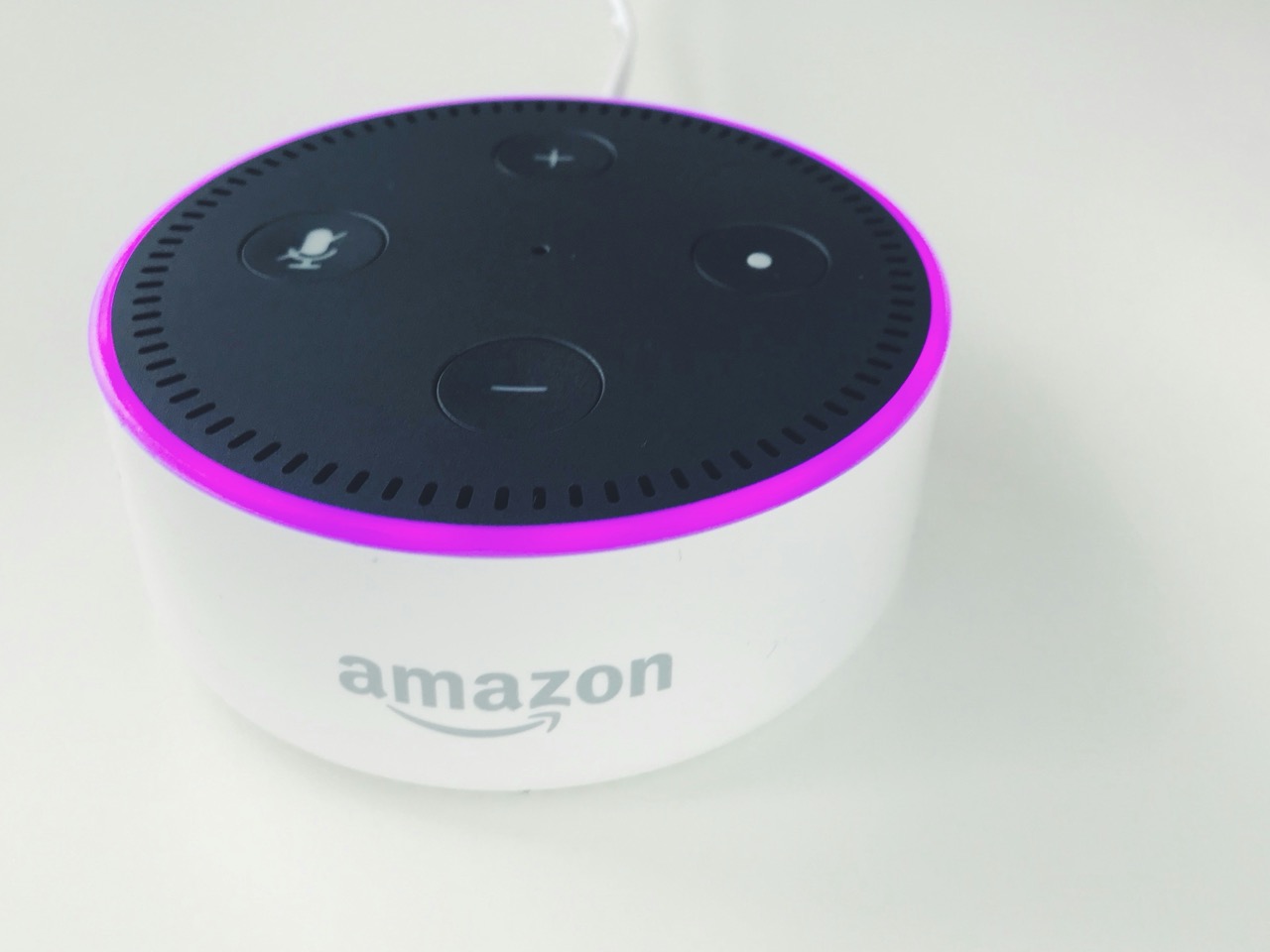The fitness industry is undergoing a significant transformation, fueled by the advent of smart home gyms. These innovative systems, enabled by the Internet of Things (IoT), are redefining how individuals approach fitness outside of traditional gym environments. With advanced tracking technologies, interactive platforms, and a shifting economic landscape, smart home gyms are not just a trend; they are a permanent fixture poised to change the way people engage with fitness.
The Integration of IoT Technologies in Home Gym Equipment
Smart home gyms are fundamentally built on the integration of IoT technologies, which facilitate seamless connectivity between fitness devices and users. Equipment such as smart treadmills, bikes, and strength training machines are equipped with sensors that gather real-time data about user performance, heart rate, and other biometric indicators. This data is transmitted to mobile applications or cloud-based platforms, allowing users to track their progress over time with unprecedented accuracy.
Moreover, the IoT integration does not merely stop at performance tracking. It enables interactive features such as virtual coaching and personalized workout recommendations based on user data. For instance, a smart rowing machine can adjust resistance levels automatically, tailoring the workout to the user’s fitness level and goals. Such adaptability ensures that home workouts remain challenging while promoting safe exercise practices, reducing the risk of injury associated with improper techniques.
The potential for data analytics in IoT-enabled home gyms is vast. With growing access to machine learning algorithms, fitness equipment can provide users with insights gleaned from aggregate data across a user base. These insights can highlight trends such as the most effective workout regimens for specific goals, enhancing the overall user experience and promoting sustained engagement over time.
Personalized Fitness Solutions through Advanced Tracking Systems
One of the most significant advantages of smart home gyms is their ability to deliver personalized fitness solutions. Advanced tracking systems utilize biometric data to create tailored workout plans that align with individual fitness levels, preferences, and goals. This customization leads to more effective workouts, as users can focus on areas where they need improvement while also diversifying their exercise routines to avoid plateaus.
For example, smart wearables and fitness equipment can monitor heart rate variability, recovery times, and even sleep patterns, allowing for a holistic approach to fitness. These systems can recommend rest days when needed or suggest modifications to workout intensity based on current physical state. This level of personalization fosters a deeper connection to fitness and encourages long-term adherence to exercise programs.
Additionally, the data collected from individual users can contribute to broader fitness trends, allowing manufacturers to innovate and refine their equipment continuously. By understanding what works best for various demographics, companies can develop features that resonate with their target audiences, ultimately enhancing user satisfaction and loyalty in an increasingly competitive market.
Enhanced User Engagement via Interactive Workout Platforms
Interactive workout platforms are revolutionizing how users engage with their fitness routines at home. Through high-definition video streaming and live classes led by professional trainers, these platforms create an immersive workout experience that was previously limited to traditional gyms. Users can participate in live sessions or access on-demand classes, allowing them to integrate fitness into their daily lives seamlessly.
Moreover, gamification elements such as leaderboards, challenges, and rewards foster a sense of community and competition among users. This social aspect of fitness is crucial for maintaining motivation and commitment, as individuals can share their achievements and connect with others on similar fitness journeys. The ability to interact with trainers and fellow participants adds a layer of accountability that enhances the overall workout experience.
User engagement is further augmented by the integration of AI-driven fitness coaches that provide real-time feedback during workouts. These smart systems can analyze form and technique, offering corrections and encouragement, which helps users stay safe and effective in their exercising. As these technologies continue to evolve, the lines between traditional gyms and home fitness will blur even further, creating a more integrated fitness ecosystem.
The Economic Impact of Smart Gyms on Traditional Fitness Models
The rise of smart home gyms is significantly impacting the economic landscape of the fitness industry. With more consumers choosing to invest in home-based equipment, traditional gyms face increased competition, prompting them to innovate and adapt their business models. Many gyms are expanding their offerings to include virtual training sessions, hybrid memberships, and exclusive access to online content, recognizing the need to compete with the convenience and personalization that smart gyms provide.
Additionally, the shift toward home fitness is prompting a reevaluation of membership pricing structures. Rather than focusing solely on physical space and amenities, gyms are exploring tiered pricing that includes access to digital platforms and personalized coaching services. This approach not only retains existing members but also attracts new demographics who might have previously been intimidated by traditional gym environments.
Finally, the economic ramifications extend beyond gyms to the broader fitness equipment market. As demand for smart gym technology grows, manufacturers are investing heavily in research and development to create innovative solutions. This surge in investment fosters competition, drives down prices, and ultimately makes fitness more accessible to a larger audience. As a result, the fitness industry is on the brink of a substantial paradigm shift that will redefine how fitness is perceived and pursued.
In conclusion, smart home gyms are reshaping the fitness industry through the integration of IoT technologies, personalized solutions, enhanced user engagement, and a transformative economic impact. As these systems become more sophisticated and widely adopted, they promise to revolutionize how individuals approach fitness—making it more accessible, enjoyable, and effective. The future of fitness lies not just within the walls of traditional gyms but in the smart, connected environments that empower users to take control of their health and wellness from the comfort of their homes.










